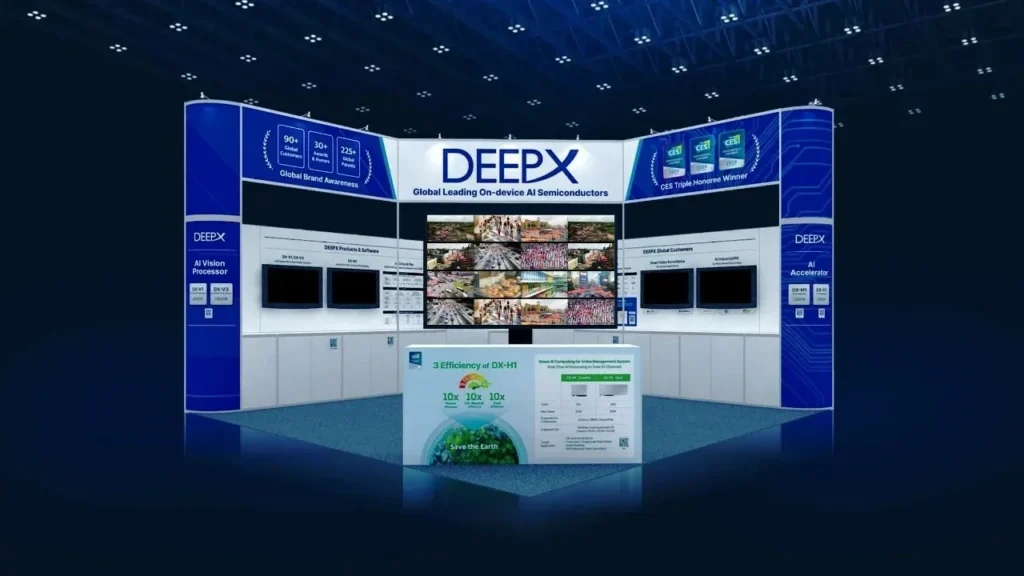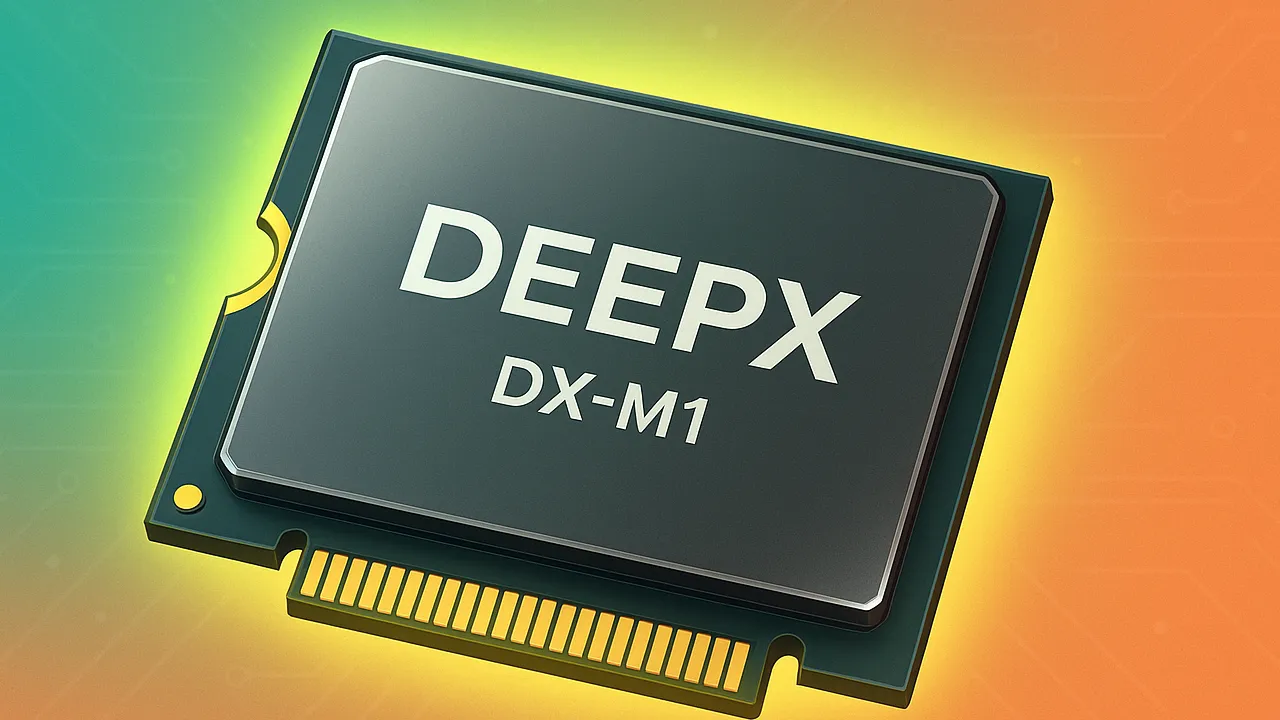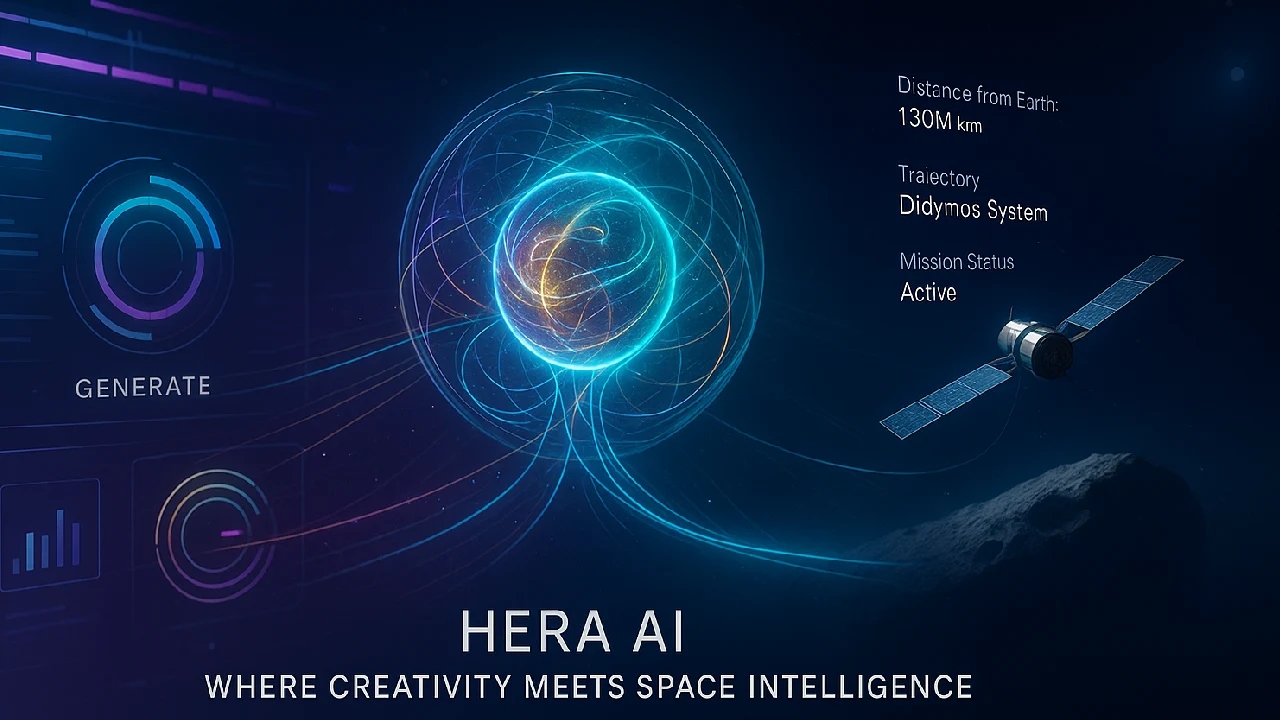DeepX M1 offers 25 TOPS of compute at only 3–5 W, combining high AI performance with industry-leading energy efficiency for edge devices.

DeepX M1 power usage is redefining what’s possible for compact AI hardware. Running powerful AI workloads while sipping just 3 to 5 watts, it enables devices to deliver serious performance without draining batteries. Let’s break down how it achieves this efficiency and why it’s a big deal for edge AI.
What Is DeepX M1
The DeepX M1 is a compact M.2-form AI processing module built for devices that need real-time intelligence but have strict power limits. Designed for robotics, AI-enabled IoT, and smart cameras, it manages to hit 25 trillion operations per second (TOPS) while consuming no more than a small LED light bulb’s worth of power. This makes it ideal for environments where battery life, heat control, and space are critical.
Key Features and How It Works
- Minimal Power Draw – Operates between 3 W and 5 W under load, making it highly energy-friendly.
- High AI Throughput – Delivers 25 TOPS (INT8) thanks to proprietary low-bit quantization techniques.
- Outstanding Efficiency – Achieves a performance ratio above 10 TOPS per watt.
- Small, Easy-to-Integrate Design – Uses a standard M.2 2280 format for straightforward system integration.
- Edge AI Ready – Can run intensive AI models in fanless, compact setups without overheating.
- Broad Compatibility – Supports popular AI frameworks and works with ARM or x86 hosts.
Why Power Efficiency Matters
Lower power use is not only about reducing electricity bills—it directly impacts device capability and design flexibility. In edge AI, every watt matters. With a chip like the DeepX M1, you can:
- Run devices longer on battery without sacrificing AI accuracy.
- Reduce heat output, enabling silent, fanless builds.
- Lower operational costs in large deployments.
- Deploy AI in remote or power-limited locations where efficiency is critical.
For example, a drone fitted with DeepX M1 can handle object detection or navigation tasks for hours instead of minutes, thanks to its low power draw.
How It Compares to Other AI Hardware
Many AI chips, even those aimed at edge computing, can draw 8–15 W or more under heavy workloads. The DeepX M1, at 3–5 W, often provides a similar AI throughput to chips that consume double or triple the power. Its TOPS-per-watt rating puts it among the most efficient in its category, competing directly with the likes of NVIDIA’s Jetson Nano and Google’s Coral Edge TPU, but with a stronger focus on sustained low-watt operation.
Common Use Cases
- Surveillance Systems – Real-time facial recognition and tracking without excessive heat or power needs.
- Autonomous Robots – Onboard AI that doesn’t drain batteries rapidly.
- Portable Medical Tools – AI-driven diagnostics that can run for extended periods.
- Smart City Sensors – Continuous environmental or traffic monitoring on low-power infrastructure.
- Industrial Automation – AI vision for quality control or predictive maintenance in energy-restricted setups.
Final Take
The DeepX M1 represents a shift in AI hardware design—one that proves you can have both strong AI performance and minimal power usage. Its efficiency unlocks new possibilities for developers building edge devices where heat, size, and battery life are non-negotiable.
If your AI project demands long runtime, reliable throughput, and low thermal impact, the DeepX M1 deserves a spot at the top of your shortlist.







